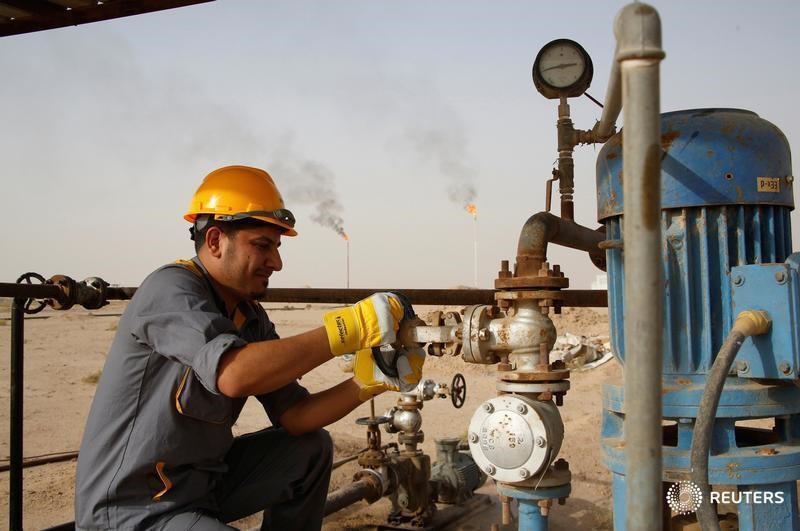By Peter Nurse
Investing.com -- Oil prices pushed higher Friday, helped by a weakening dollar after job creation in the U.S. slowed sharply in August and with the damage by Hurricane Ida to the Gulf Coast infrastructure taking time to repair, impacting supply.
By 9:45 AM ET (1345 GMT), U.S. crude futures were up 0.4% at $70.28 a barrel, while Brent futures were up 0.6% at $73.47 a barrel.
U.S. Gasoline RBOB Futures were up 1.1% at $2.1864 a gallon.
Data released earlier Friday showed that nonfarm payrolls rose by only 235,000 through the middle of last month, far below the expected gain of 750,000, and the smallest rise in seven months.
The market has taken this slowdown in the labor market recovery as a strong clue that the Federal Reserve will not start running down its massive bond purchases at September’s monetary policy meeting, likely delaying such a move until nearer the end of the year.
The U.S. currency has weakened as a result, with the dollar index falling below 92 for the first time since the start of August. A cheaper buck helps the dollar-denominated oil market as it makes the product less expensive to users of other currencies.
Adding a tailwind to the market have been the difficulties producers and refiners are facing getting up and running on the U.S. Gulf Coast in the aftermath of Hurricane Ida.
Five days after the hurricane struck, crews had not returned to three-quarters of the evacuated platforms and more than 90% of production remained offline, government data showed.
U.S. crude inventories dropped by 7.2 million barrels last week, the Energy Information Administration said on Wednesday, implying a hefty downstream inventory build ahead of Hurricane Ida.
There could also be room for further price gains with the Organization of the Petroleum Exporting Countries and allies, a group known as OPEC+, raising its demand forecast for 2022 earlier in the week, citing the strong fundamentals even as Covid-19 cases, caused by the delta variant, continue to rise globally.
The group stuck to its plan to add 400,00 barrels per day to the market over the next few months, expecting the market to tighten without this additional supply.
